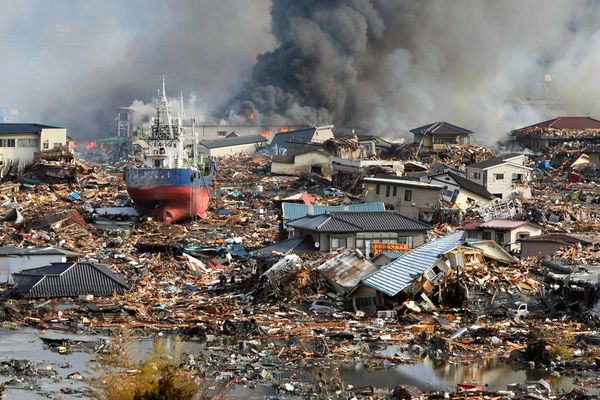At the foot of nature’s food chains is a primary producer, an autotrophic organism that creates complex compounds from substances present in its surroundings using energy from light (photosynthesis) or chemical reaction (chemical synthesis). In turn these organisms are eaten by animals, “consumers”, which in turn will be eaten by other higher level animal consumers. And eventually at the top of the food chain is an apex predator, an animal on which no other animals prey.
There are many food chains in nature. All share the linkage dependency of the higher levels for the activity outputs of the lower levels. Predators only exist if they have prey to feed on.
In nature, the greatest threat to most apex predators is man; encroaching on habitat, polluting the environment and just dumb activity like poaching and politics.
As in nature, so in industry. Today top level OEMs in a variety of sectors – automotive, aerospace, defence, nuclear, retail, healthcare – rely on multi-level supply chain businesses producing products, services and components for assembly into the delivery of a complex finished product.
Whether the top “apex predator” is an international OEM or a national player, these top product integrators rely on the businesses in lower supply tiers to fulfill the top level demand.
But putting to one side the tensions inherent between supplier and buyer, modern supply chains often face severe shocks that can threaten the linkages and viability of the entire chain.
- Recession: in the immediate post Lehman world consumers rationally reined in their spending and high volume, margin thin businesses found themselves under severe pressure. Car assembly plants scaled back production and for many lower level supply chain companies, volumes dropped below breakeven.
- Natural disaster: the 2011 Japan earthquake and Tsunami caused widespread devastation to a region with specialist electronics and automotive component production. Plants inside the Fukushima nuclear exclusion zone became inoperable whilst others had been washed away. The subsequent pre-cautionary shut down of all Japan’s nuclear power plants caused severe power outages disrupting daily life and industrial production. Toyota’s and Honda’s worldwide operations were impacted by component shortages.
- Financial collapse: the recent administration of Hanjin Shipping has trapped some $14bn of cargo on Hanjin ships effectively barred from landing for fear that the ships and their container cargoes will be seized by creditors. White goods destined for American consumers, lightbulbs and hand tools for DIY chains, fashion houses awaiting delivery of autumn collections and a wedding dress destined for a bride in Australia….are among the c.450,000 containers stranded on Hanjin ships.
- Politics: for years the prevailing trend of international trade co-operation has been to minimise tariffs through free trade agreements. But with the ratification difficulties faced by CETA, TTIP and now the uncertainties of Brexit, are these tides turning? Will we return to a world of increasing frictional costs from tariffs and customs borders?
Whilst companies may not have much control over the macro environment, they can plan for supply chain events.
So how well do you know your supply chain? Knowing who is dependent on whom, their financial strength and where the firms, above and below you at all levels in the chain, are located can become vital information in a crisis.
Most supply chain events happen without warning. At most you get a few hours to figure out how to maintain supply. But with political events you have warning. Brexit is a supply chain event with at least two years notice.
Use this time to map all levels of your supply chain. Consider its design, its systems and its processes.
Then work through your options.

